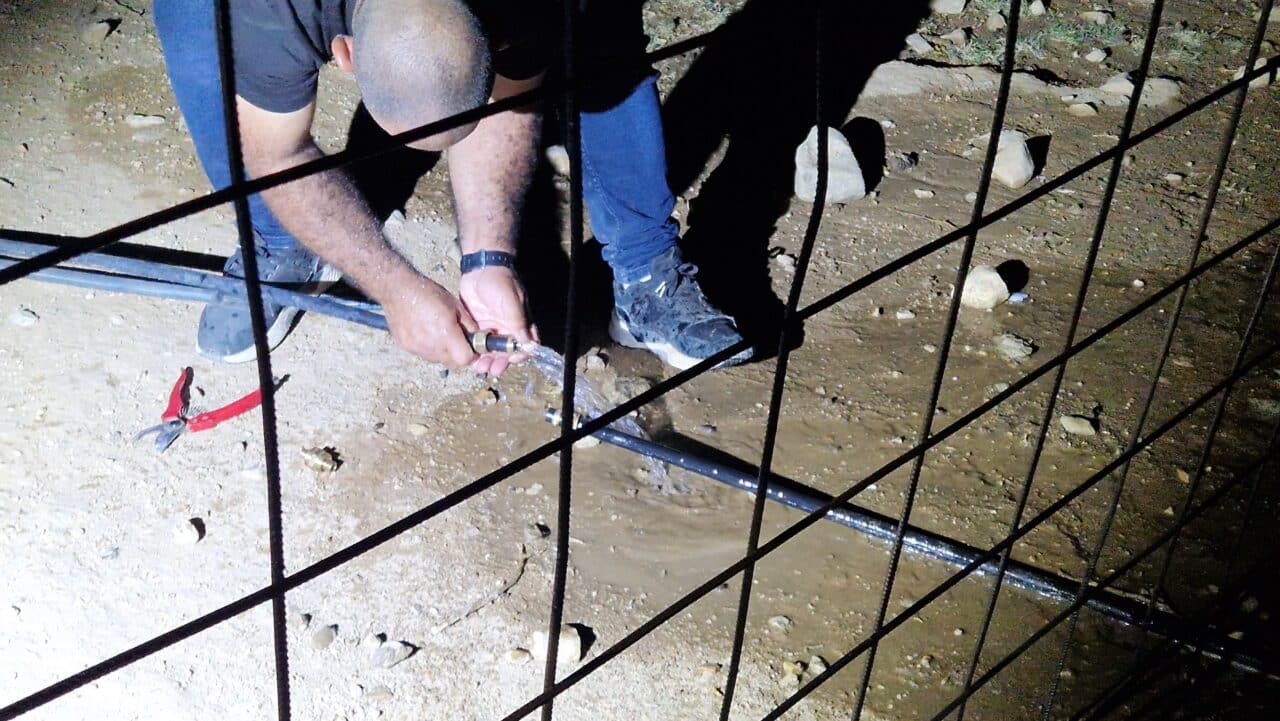Jordan Valley Demolitions: a History of Ongoing Silent Deportation

House demolitions in Palestine
CHRONOLOGY OF DESTRUCTION
Israel has recently recommenced a policy of demolishing houses and even entire villages in the northern valleys of West Bank. In the beginning of August, Israeli bulldozers came in the morning and demolished 23 small houses, structures and shacks in the Bedouin village of al-Farsiya.
These houses had been already demolished on 19 July and rebuilt by the villagers with the support of international and local organizations. This second demolition affected around 70 of the inhabitants of the area. Months earlier, the Israeli army entered the Farisiya village and demolished around 120 structures and homes in the area. The local inhabitants then organized in popular committees and to date have rebuilt the village three times. According to Aref Daraghma, Head of the Municipal Council of Al Maleh and Madareb Bedouin area, “they are demolishing our houses but we are struggling hour by hour and hand by hand with supporters and international activists in order to rebuild our villages”.
On 9 August, the Israeli army came with bulldozers and destroyed 6 houses in the village of Ein al-Hilwa, Tubas distruct. According to Fathy Khdirat, Head of Jordan Valley Solidarity, the army presented the villagers with demolition orders. Such orders were also implemented in several other villages throughout the Jordan Valley.
On 16 August, the Israeli army cut the water irrigating the agricultural land in the Bardala village, located close to the Green Line. This action was clearly aimed at damaging and attempting to destroy the seasonal harvest.
A TORMENTED HISTORY
The Jordan Valley’s tormented history started after the 1967 Middle East War. Israel’s occupation policy included the declaration of the Jordan Valley, a region inhabited by around 25-30.000 people, as a closed military area where army training was established. That moment was the beginning of a movement of silent but continous deportation of the population in the area.
Nowadays the house demolitions policy resumed by the Israeli army and police marks an escalation in the never-ending strategy of village destruction pursued by the Israeli authorities since 1967.
Since 1967 Israeli governments, particularly those headed by the Labour Party, have considered the Jordan Valley an important region in which to create Jewish settlements and force the Palestinian inhabitants to leave. In 1967 in the plan drawn up by then Israeli Defence Minister Yigal Alon, at the time head of the Ministerial Committee on Settlements, the Jordan Valley and the Judean Desert were included in the State of Israel. The Drobless Plan published in 1978, the Sharon Plan prepared when he was the Minister of Agriculture in the first Likud government in the end of 1970s and the Hundred Thousand Plan in 1983 continued the same direction. Rabin’s government in the beginning of 1990s promised not to create new settlements, but to extend “Greater Jerusalem” and the colonies in the Jordan Valley. The peace process decade of the 1990s and the following years marked by the Second Intifada further increased Israel’s settlement construction.
Israel’s control over water is an additional key point to worsen the situation in the Jordan Valley. According to the report Land Grab by Israeli human rights association B’Tselem, “the water consumption of the population of the Jewish settlements in the Jordan Valley − a population of less than 5,000 − is equivalent to seventy-five percent of the water consumption of the entire Palestinian population of the West Bank (approximately two million people) for domestic and urban use. This discrepancy is particularly disturbing in the context of the severe water shortage facing the Palestinian population in general, and the rural population in particular.” The report appeared some years ago and the settlement expansion in the area further raised the gap in water consumption between Israeli settlers and Palestinians.
THE POPULAR RESISTANCE MOVEMENT
After the most recent wave of home demolitions, local inhabitants gathered in a popular committee called “Save the Jordan Valley” and numerous international and local organizations joined it. On 10 August, the Governor of Tubas called the various Palestinian Government Ministries in support of the Bedouin rights to stay on their own land.
Yet even without considering the political meaning of these demolitions, the violations of some fundamental human rights remain on the ground as the facts created by the Israeli authorities: house, education and health rights are threatened daily by Israeli bulldozers.
The right to housing, the most evident right violated by this wave of demolitions, is also mentioned in the Fourth Geneva Conventions. Article 11.1 of the International Covenant on Economic, Social and Cultural Rights, adopted by the UN in 1966 and ratified by Israel in 1991, affirms that “the States Parties to the present Covenant recognize the right of everyone to an adequate standard of living for himself and his family, including adequate food, clothing and housing, and to the continuous improvement of living conditions.”
These same rights violated daily by Israel’s house demolitions in the West Bank require an immediate halt of this ongoing destruction and deportation.
http://icahdusa.org/2010/08/jordan-valley-demolitions-a-history-of-ongoing-silent-deportation/


